Routine Dental Checkups: Protecting Pets from Hidden Oral Disease
Most families notice dental problems only when their pet’s breath turns foul or they start avoiding food. What many don’t realize is that dental disease often begins quietly beneath the gumline, damaging teeth and spreading infection throughout the body long before obvious symptoms appear. At Mid-Valley Veterinary, we focus on prevention and early intervention. With routine dental exams and advanced treatments like Class IV laser therapy, we not only relieve pain but also protect long-term health, helping pets stay comfortable and active for years to come.
Understanding Dental Disease in Pets
What is Dental Disease?
Dental disease represents one of the most common yet preventable health problems affecting pets today. Unlike humans who can communicate oral discomfort, pets suffer silently as bacteria accumulate along the gumline, forming plaque that hardens into tartar. This process occurs gradually, making it easy for pet owners to miss the early warning signs until significant damage has already occurred.
Oral disease doesn’t just cause problems in the mouth- it affects the entire body. Bacteria from infected gums can enter the bloodstream and spread to vital organs such as the heart, liver, and kidneys, turning a local mouth problem into a systemic health concern.
Stages of Periodontal Disease
Understanding the progression of periodontal disease helps pet owners recognize when intervention becomes critical. The five stages of periodontal disease range from early plaque buildup to severe bone loss and tooth mobility.
Stage 0 represents healthy gums with minimal plaque.
Stage 1 involves mild gingivitis with red, swollen gums.
Stage 2 begins with formation of periodontal pockets as gums pull away from teeth, harboring bacteria.
Stage 3 marks moderate bone loss due to the bacterial overgrowth and inflammation.
Stage 4 includes severe destruction of the bone and loose teeth requiring extraction.
Early detection during check-ups allows intervention before permanent damage occurs. Many pets with no obvious symptoms at home may already have Stage 2 or 3 disease that only dental radiographs can reveal.
The Importance of Routine Dental Check-Ups
Why Dental Check-Ups Matter
Regular examinations serve as a first line of defense against progressive oral disease. The AAHA Dental Care Guidelines recommend annual dental assessments for most pets, with more frequent monitoring for seniors or high-risk breeds. Small breed dogs are especially prone to dental disease due to their tooth-to-mouth ratio and genetic predispositions.
Prevention is consistently more effective and affordable than treatment after disease has advanced. Routine cleanings remove tartar that home care cannot, and thorough exams under anesthesia uncover issues hidden below the gumline.
Potential Risks of Neglecting Dental Care
Delaying care often leads to painful abscesses, fractured jaws, or systemic infections that require emergency treatment. Pets with advanced dental disease may struggle to eat, leading to weight loss and nutritional deficiencies.
The financial impact of neglect is also significant- preventive cleanings cost far less than complex extractions, root canals, or treatment of secondary organ disease caused by bacterial spread.
What to Expect During a Pet Dental Check-Up
Steps and Procedures
A comprehensive exam follows established protocols to ensure safe, thorough care. The steps of veterinary dental care begin with an oral exam to identify obvious problems.
Professional cleaning requires general anesthesia to examine all tooth surfaces, especially below the gumline. Modern anesthetic protocols include pre-anesthetic bloodwork, continuous monitoring, and tailored drug selection. The anesthesia and dental cleaning process involves scaling, polishing, and fluoride treatment.
Advanced Diagnostics and Treatments
Dental radiographs are essential because up to 60% of dental disease occurs below the gumline. Dental X-rays for pets detect root abscesses, retained tooth fragments, and bone loss invisible to the naked eye.
At Mid-Valley Veterinary, we combine digital dental radiography with advanced diagnostic services. Our Class IV laser therapy further improves pain control and accelerates healing following procedures.
When Dental Care Is Missed
Skipping routine dental care allows more than periodontal disease to go unchecked. During exams and cleanings, veterinarians often uncover additional oral problems that can be painful, progressive, or even life-threatening if not addressed.
Some pets develop oral tumors that may initially look like harmless lumps or gingival swelling. Without early detection, these can interfere with eating, spread to bone, or become malignant. In young dogs, retained baby teeth can lead to crowding and abnormal wear, making deciduous canine tooth removal necessary to protect the adult teeth. Malpositioned or crowded teeth can also result in malocclusions, which cause chronic trauma to the lips, palate, or opposing teeth.
Inflammatory conditions are another concern. Cats, in particular, are prone to oral inflammatory and ulcerative diseases that leave them reluctant to eat or groom. Dogs may experience gingival enlargement, where the gums overgrow and trap bacteria, worsening bad breath and infection risk. Severe dental neglect also weakens the jaw bones, making jaw fractures more likely, especially in small breeds.
These conditions often progress silently, but with routine care, they can be caught and treated (or prevented entirely) before they cause lasting damage.
Home Dental Care for Pets
Daily Oral Hygiene Practices
Home care complements professional dentistry. Daily brushing is best, though many pets need gradual training. Always use pet-specific toothpaste, since human products may be toxic.
The Veterinary Oral Health Council (VOHC) offers guidance on approved products including chews, water additives, and dental diets that reduce plaque and tartar. These options help when brushing isn’t tolerated.
A common myth is that chewing bones or hard kibble keeps teeth clean. In reality, wild animals also suffer from severe dental disease and shortened lifespans partly due to oral issues. Hard foods may scrape some parts of some teeth, but can never clean under the gum line. Bones can actually fracture and wear down teeth, exposing the pulp and causing much larger problems.
Building a Relationship with Your Veterinary Team
Selecting the right practice ensures lifelong oral health support. Mid-Valley Veterinary’s team combines advanced training in dentistry with compassionate care, creating an environment where pets and owners feel supported.
Comprehensive services should include routine cleanings plus advanced options like extractions, root planning, and pain management. Our preventive wellness plans allow recommendations to be tailored to each pet’s needs.
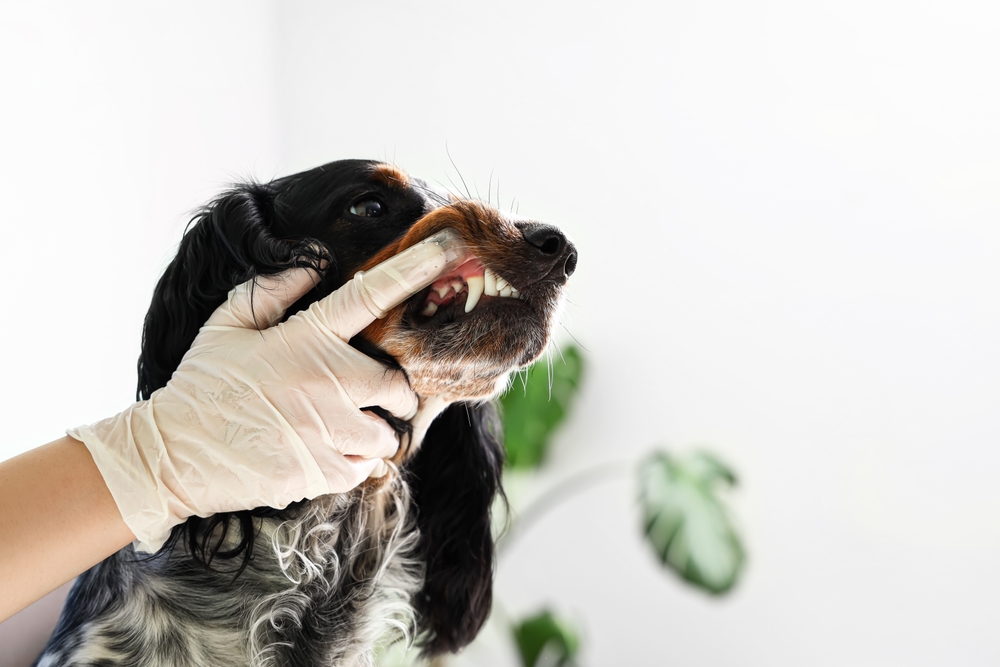
Ongoing Support and Resources
Maintaining oral health requires consistent communication with your veterinary team. Report changes in eating habits, breath odor, or behavior promptly. Mid-Valley Veterinary’s resources offer guidance for pet owners building effective at-home care routines- check out our teeth brushing videos!
Your Pet’s Path to Lifelong Oral Health
Routine dental checkups are one of the most valuable investments you can make in your pet’s health. Signs like persistent bad breath, difficulty chewing, pawing at the mouth, or tartar buildup mean it’s time for immediate evaluation.
Mid-Valley Veterinary’s dental services include advanced diagnostics, laser therapy, and comprehensive treatment options. Call (530) 865-5634 or schedule a consultation online to protect your pet’s oral health for years to come.
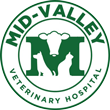
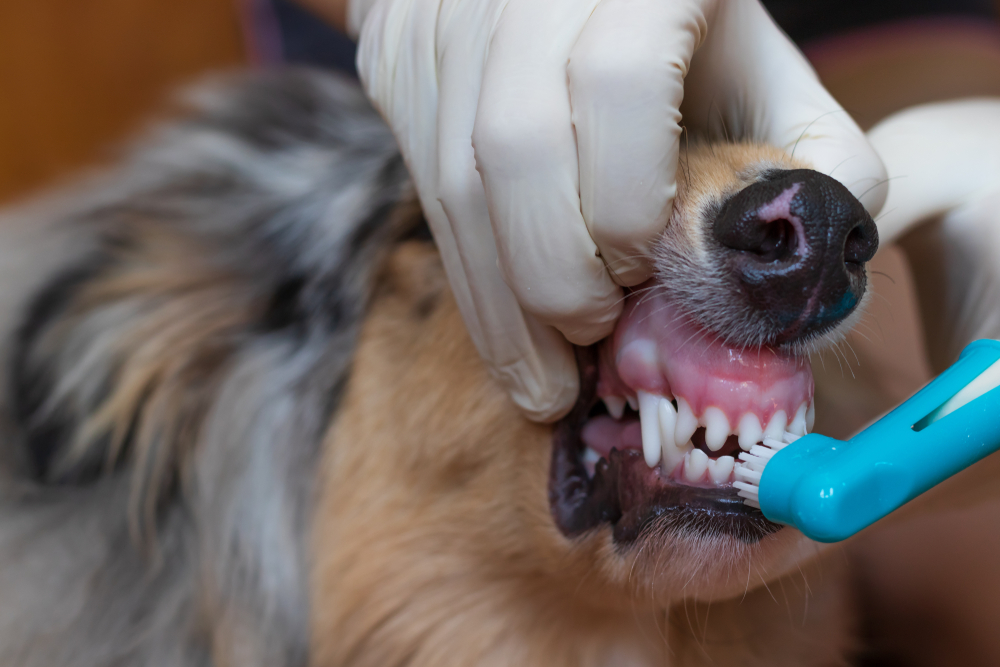
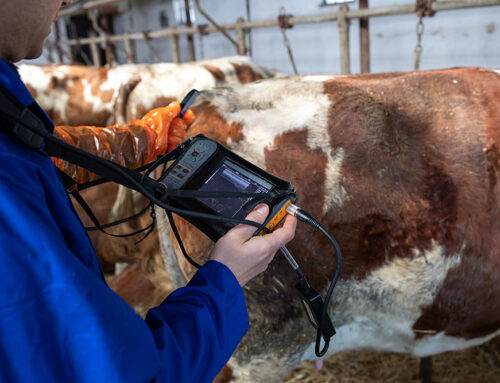
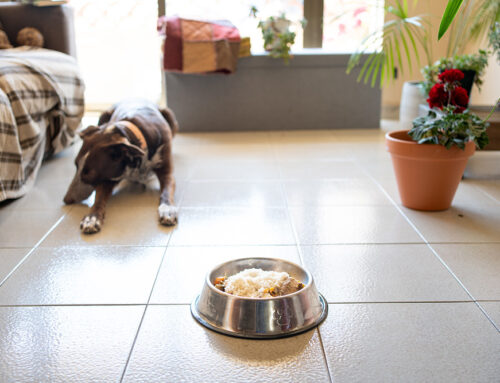

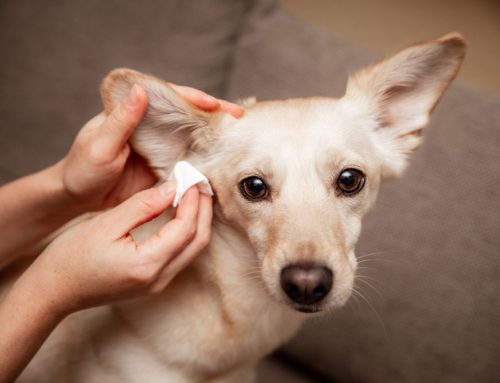

Leave A Comment